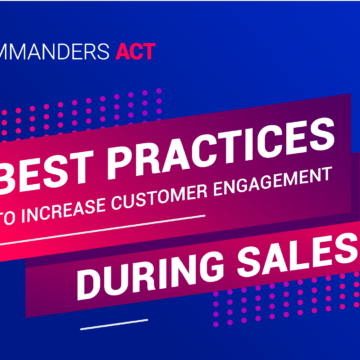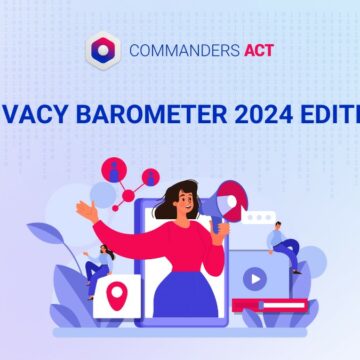Data governance: four key aspects
11/05/2021 |

Manage the data lifecycle with clearly defined rules and roles, and harness the data to drive the company’s growth… that is basically what data governance is all about. But what about in the real world? In practical terms, how many types of data governance are there? At least four. Read on for an explanation…
Strategic data governance
Everything starts here with a clear set of strategic guidelines. What aims are organisations trying to achieve by investing in data? To roll out programmes and other mechanisms to acquire leads and new customers? To work on building customer loyalty? To improve products? All of the above?
Once the organisation has defined its objectives, the question arises about the data culture and resources. Is the issue reserved for a specialised team? Or maybe the organisation is planning to transform data into a daily work tool for everyone? Therefore, these key strategic guidelines imply a cultural framework for data governance. This framework applies to both employees and customers.
Prime examples are the GDPR and the application of the latest directives from France’s data protection authority (CNIL). By choosing how to interpret the guidelines through their consent interfaces, organisations are not only making a legal and technical choice. They are also sending out a message about their relationship with data and their respect for their customers’ privacy. In this case, data governance has a direct influence on how the brand is perceived.
Functional data governance
This aspect of data governance refers directly to the issue of how data are organised. The key challenge is how to avoid creating counter-productive silos? Even in today’s world, too many divisions still exist within the organisation: the acquisition team vs. the customer retention team, offline business vs. online business, legal constraints vs. user experience, and so on.
The idea is not to tear down those silos, because they possess leading-edge skills that the company needs, but instead foster greater coordination. Governing data specifically means providing a clear framework for promoting collaboration and defining a stable and comprehensive set of ground rules that everyone can understand. Who has the right to feed contact data into the database? Enrich data? Who monitors the quality of the injected data? Who keeps the advertising pressure under control? How are user preferences managed in terms of personal data protection?
There are no ready-made or one-size-fits-all answers. Each company is responsible for defining its roles and subsequently each role’s interactions and objectives. Above all, it needs to clarify the overall goal that everyone has to strive towards. That goal must be explicit and strong enough to transcend the famous silos.
Legal data governance
In the wake of the GDPR’s implementation in 2018 and the ensuing directives from CNIL, personal data management has been propelled to the top of the company agenda, which in turn has spawned an entirely new discipline, namely consent collection. How can companies ensure that their consent collection processes comply with regulations while improving their performance to meet their business challenges? How can they guarantee that their use of such personal data respects the wishes of their prospects and customers?
The answer to these questions comes in the form of a DPO (Data Protection Officer), and a new solution has already carved a place in the martech stack, i.e. the Consent Management Platform (CMP). But designating a DPO and implementing a CMP might not cut it when it comes to aligning a data governance policy with legal requirements.
There is a simple explanation… legislation is constantly changing, and so are the company’s products and services, as well as its acquisition channels and CRM processes. The key to striking the right balance between complying with regulations and raising performance despite the ever evolving landscape involves ongoing and effective collaboration with all the other teams (acquisition, retention, UX, etc.).
Technical data governance
Finally, organisations need to address the technical aspect of data governance. The technical dimension does not actually create the strategy, but if you take away the technical component, the strategy will rarely be anything more than a commendable intention. A data governance policy harnessing a new type of collaboration between stakeholders must be equipped accordingly. This is one of the purposes with a Customer Data Platform (CDP), namely overcome any organisational and technical silos and combine data together within a single platform.
A CDP brings several benefits to the table, such as simplifying data reconciliation in an omnichannel environment, creating more relevant segmentations and coordinating activations to achieve greater performance. To leverage those benefits, companies need to reconcile the data acquired through digital channels with the data logged in the CRM. Technical reconciliation can only be achieved with a clearly defined data governance strategy.











